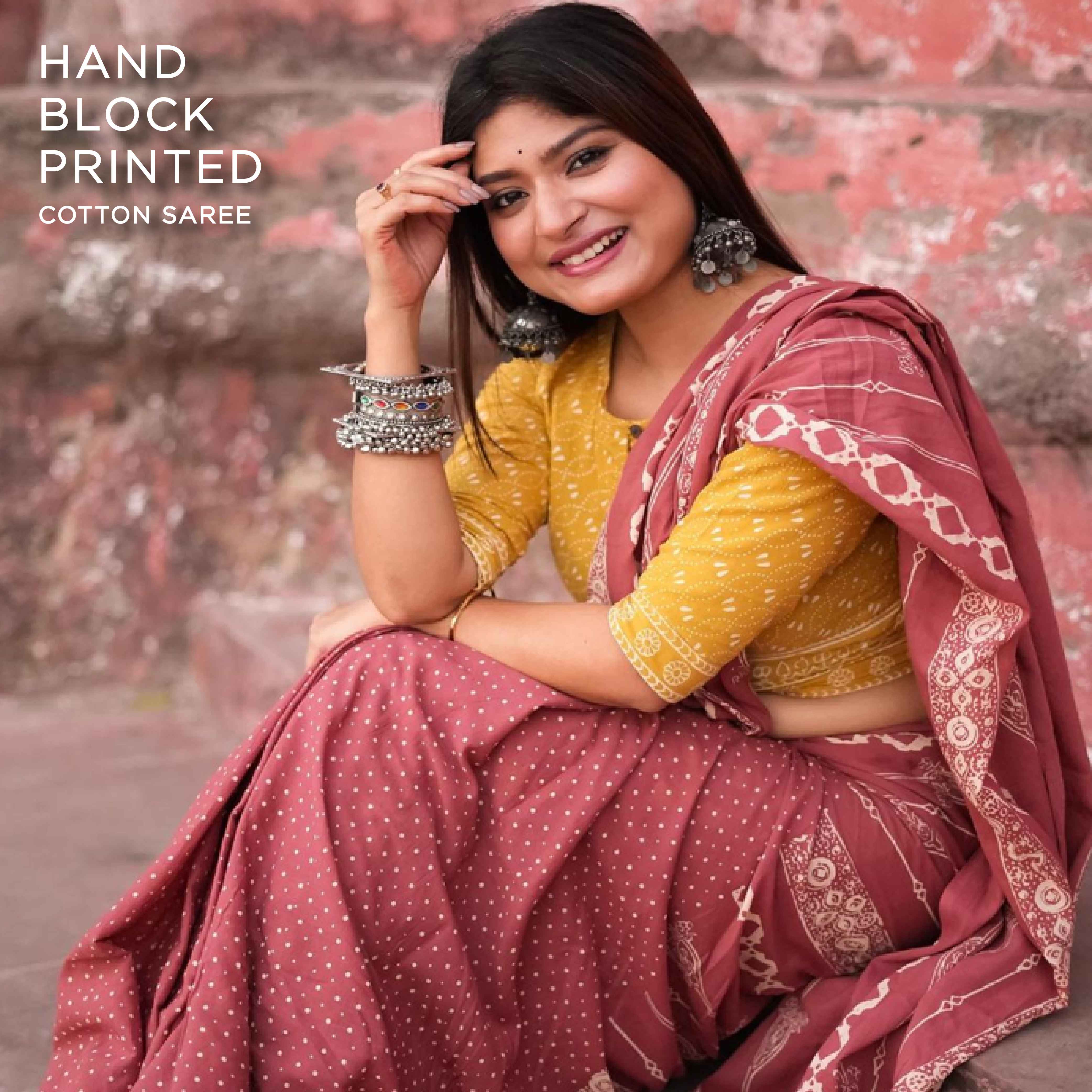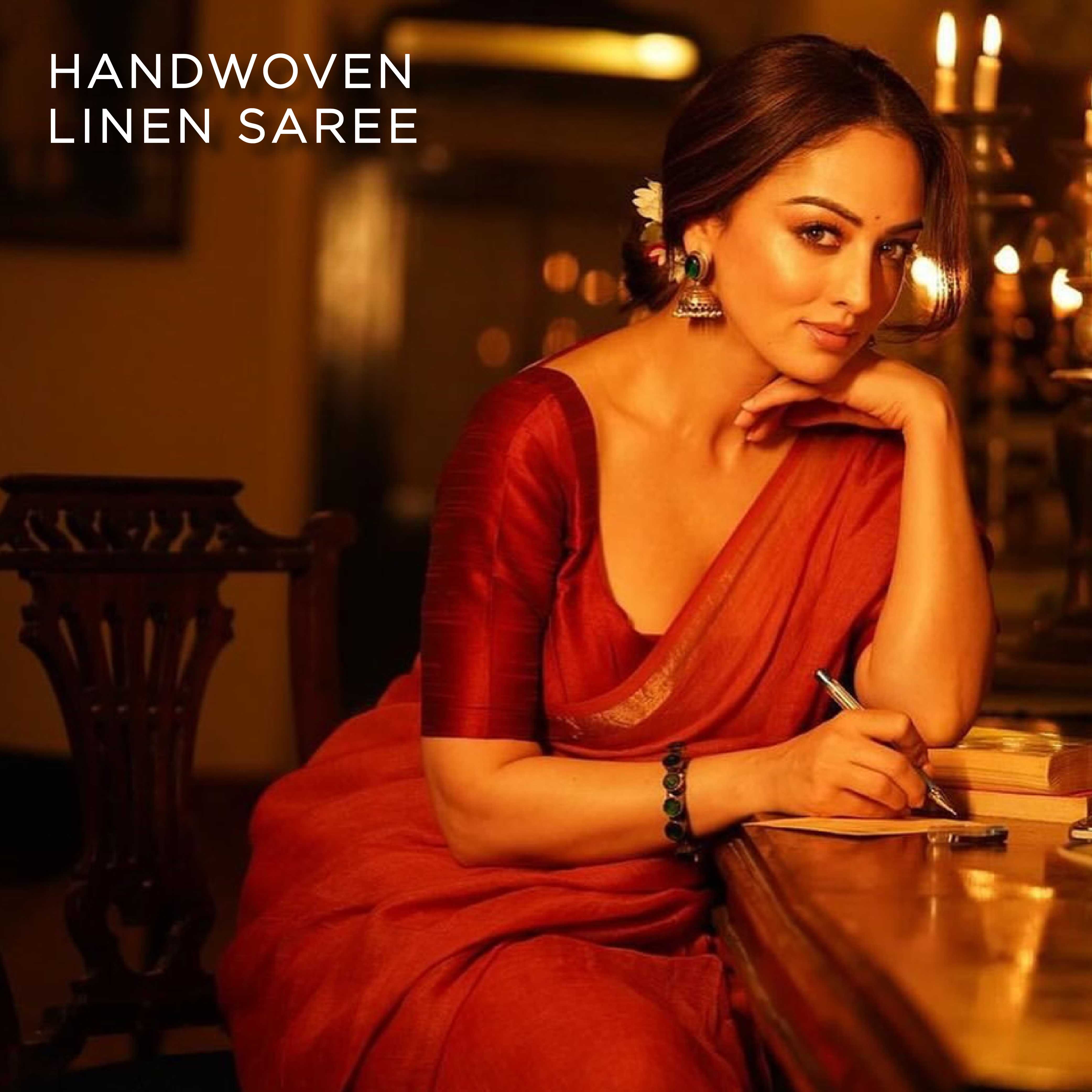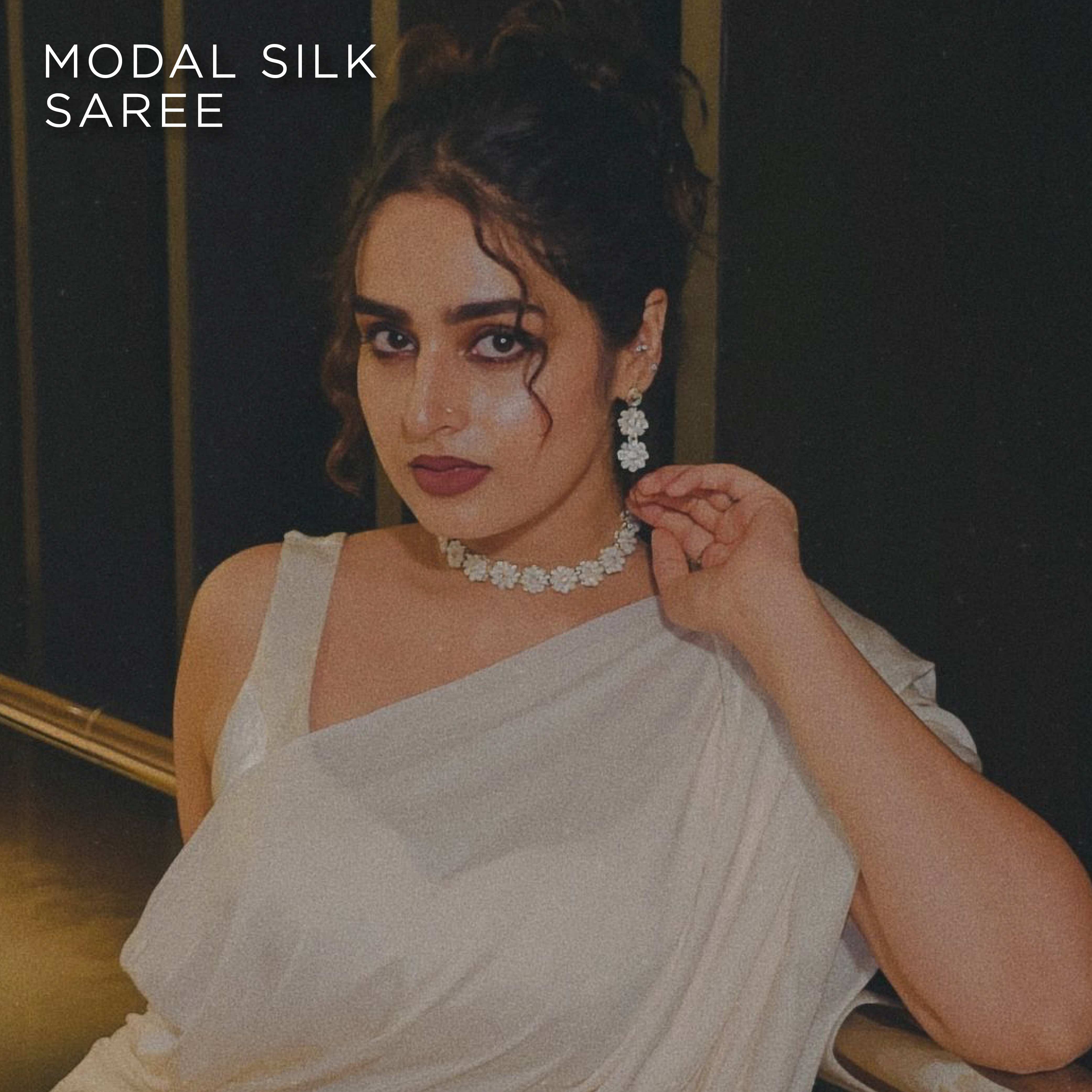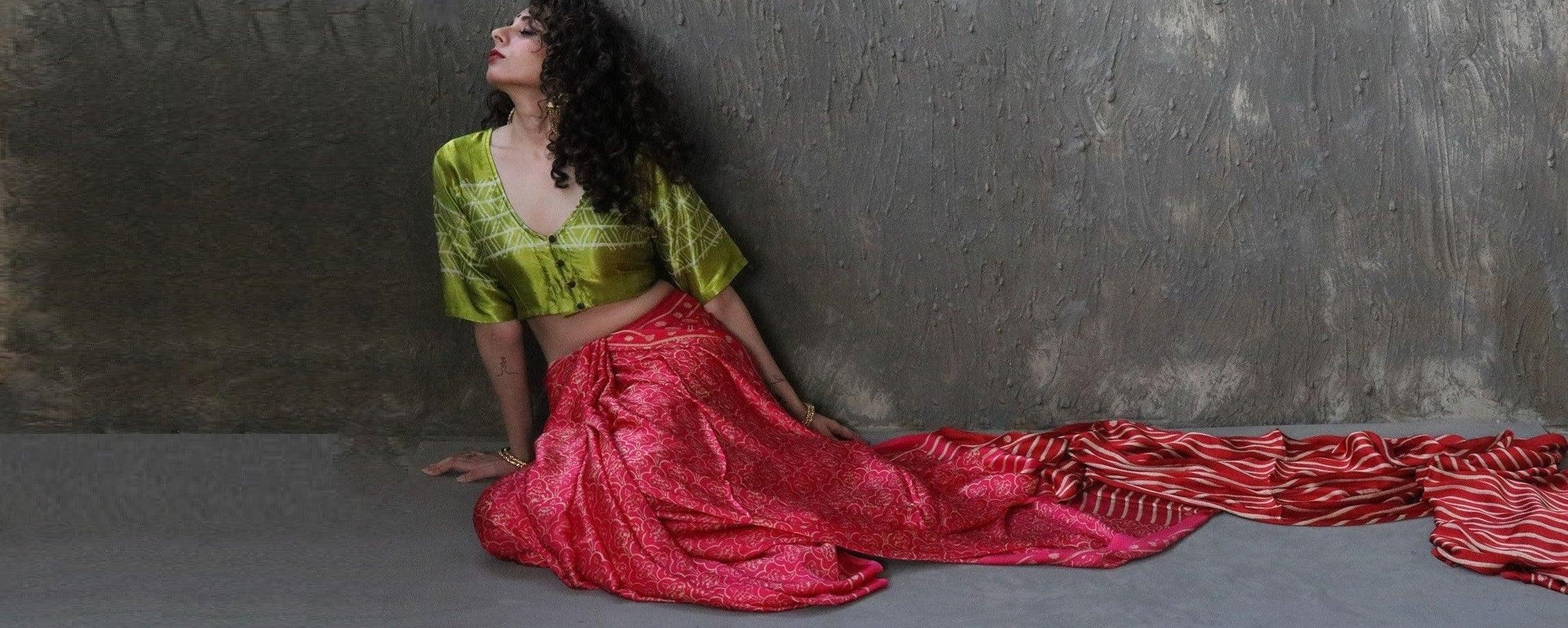Speaking of Indian Sarees, it not only shows the essence of Indian women's pride but feels like a country itself. Residing its own history, evolution, and modification, sarees are also known as a national costume.

The story of Indian sarees has its soul re-connection with the country itself. Witnessing the changing tides and addressing the evolution with each passing time. It has it thread weaved with India's past, present and future.
The original story to be heard of saree was an ancient Hindu belief according to which stitching a cloth make it impure. And people started draping eight meters of fabric around the body.
The earliest documentation of saree comes from the Maury and Sanga period around 300 BC. It was one of the initial representations of time depicting men and women draping rectangular cloth over their lower body and nothing covering the upper body. The sculpture found at the beginning of the 7th and 8th centuries showed showing the same style of clothing. It is a belief by historians that it was found the women of the higher class wore two garments and while the women of lower classes were mostly bare-breasts.


The traces of drapes are also mention in the Vedas which comes among the oldest form of literature composed by mankind. Records the Indus Valley Civilization (3300–1300 B.C.E.) shows the usage of drapes in its times. One of the earliest documented evidence is that of a Portuguese traveler in the early 1500s who wrote: “The women wear white garments of very thin cotton or silk of bright colour, five yards long, one part of which is grit round below and the other part on their shoulder across their breasts in such a way that one arm and shoulder remains uncovered”.
When Aryans arrived in India it further influence the clothing style of the land. The come up with the word "Vastram". The period involves draping cotton weaves which itself called "Neevi". Historians believe it is also around this time that Pitambar and Patola came to be.
The style of draping the saree in ancient India was more to do with the class and occupation to which one belongs. The women of that era would drape style in such a way that could be best describe as loin clothing, which helps them move freely. The way of a style called Kaccham famous those times which involve bunched up pleats and tucked in such a way that it feels like pants.


During the Mughal era, the saree makes a marked distinction between Hindu and Muslim through the way of its clothing style, which further influence the pattern and motifs of sarees.

With the invasion of British the supreme rulers of India, the saree once again goes through modification and exploration of its style. Britishers found the way of Indian women wearing sarees too immodest and titillating. So, they introduce "Blouse" and "Petticoat" as a garment to be worn under the saree. Hence women of above age 16 started wearing saree, while the young girls opt either for a skirt and blouse or a half-saree. Women in the north found to be more inclined towards salwar and kameez.



The Post-Independence Era of India marked a remarkable and exciting development in sarees. With the invention of different weaving, printing, and dyeing style. Amidst by different regions know by their style of sarees with different patterns and motifs. Also, it was this period when saree find its worldwide popularity.
Today in the 21st century when the fashion world around us changes with every passing second, the essence of saree is somehow still deep-rooted to its tradition and culture. And often found in the closet of Indian women of every age, so as it called the "the pride of Indian women"
 |
 |
 |
 |
 |
 |
 |
 |
 |
 |
 |
 |
 |
 |
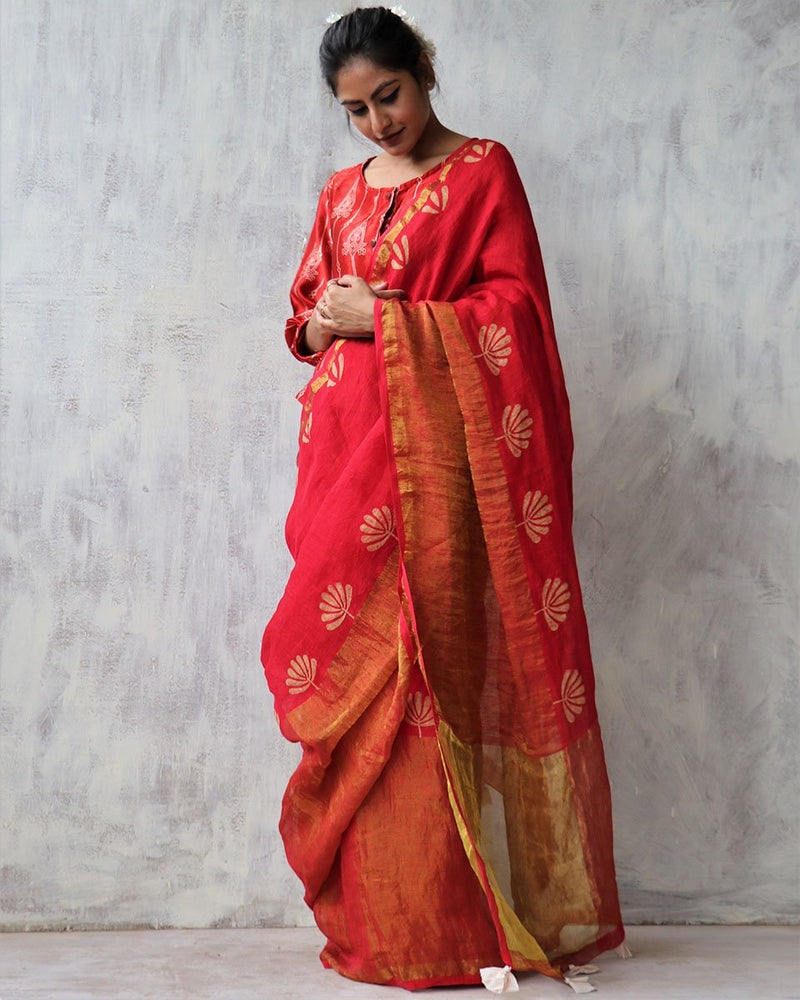 |
 |
 |
 |

